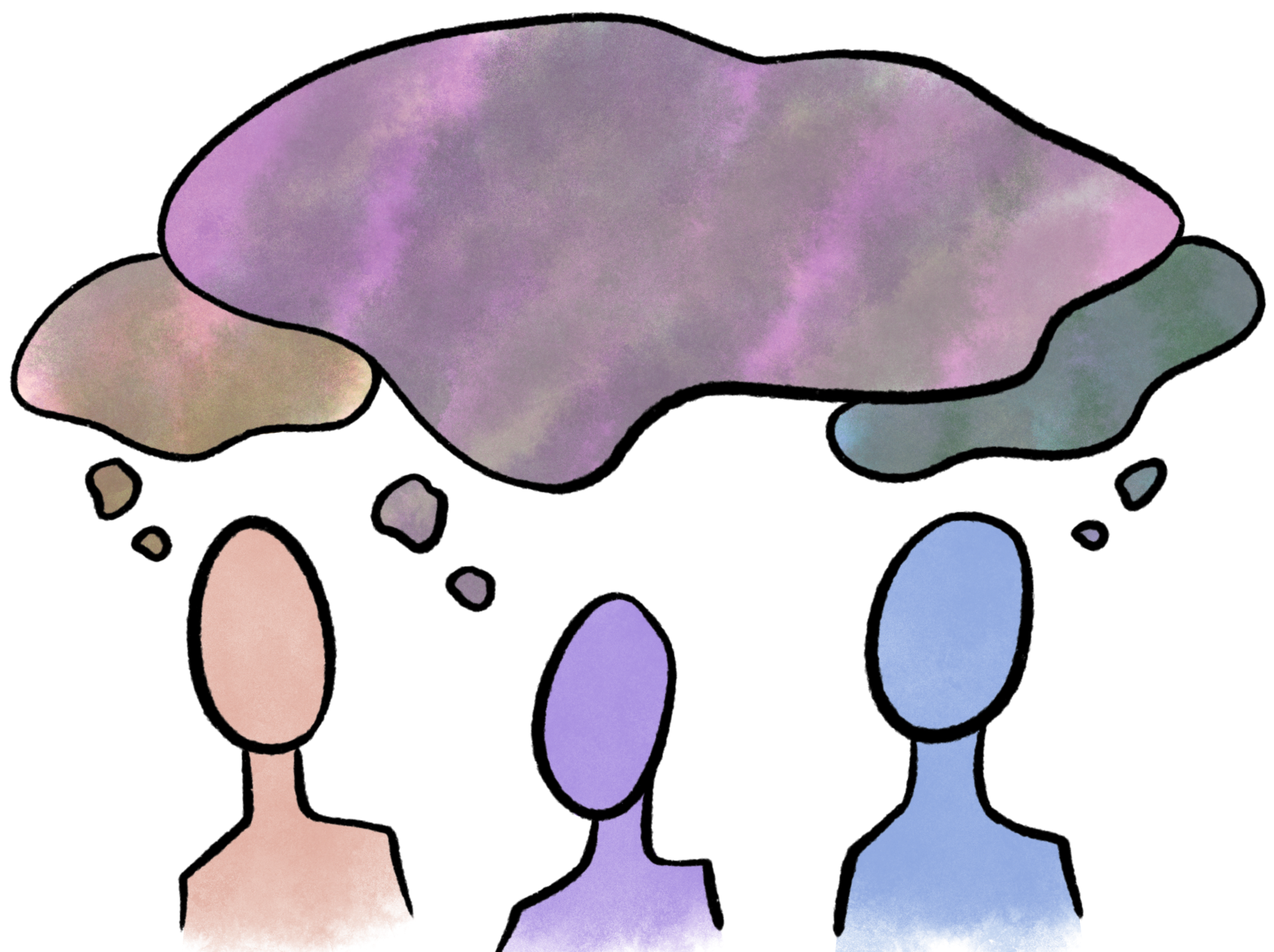Among one of the most distinctive characteristics of a Deerfield humanities classroom is the roundtable. As Academic Dean and Chemistry Teacher Ivory Hills said, “The point of these discussions is to teach students the importance of educated debate and to also ensure all students have chance to have their own perspectives heard.”
Despite these intentions, there is always a possibility that some voices and perspectives may overshadow others in a discussion. As a result, teachers have been working to ensure as many perspectives as possible are heard.

There are no school rules mandating teachers to expose students to diverse perspectives. Instead, teachers in classrooms are given a fair amount of freedom on how they choose to style their classes.
Dr. Hills stated, “Generally we don’t tell teachers what to do in their classrooms … but what I think every teacher should do, beyond presenting perspectives from an external source, is make sure that every student in the class is able to offer their perspective.”
Many faculty agree that spreading diverse perspectives is a vital part of a classroom. When asked about the school regulations on the matter, History and Social Science Department Chair and History Teacher Julia Rivellino- Lyons said, “The department itself thinks breadth of perspective is important, but I don’t think the school has any rules about it. Teachers are expected to pursue development, and the institutional idea of increasing learning.”
As a matter of fact, one of the classes Mrs. Rivellino-Lyons is teaching this year is Honors US History, which has to follow the AP curriculum.
Her biggest worry is snuffing out this breadth of perspective, as the fast paced curriculum does not leave as much room for debate has she had hoped. History is constantly changing and being rewritten, and she is worried there isn’t much time to address all the new perspectives constantly arising.
Naturally, the issue of varying perspectives and interpretations extends beyond history.
English Teacher Christian Austin agreed wholeheartedly in the importance of the matter, commenting, “Regarding breadth of perspective, I do my best to ensure that everyone knows they may share an opinion, [popular or not], as long as it’s done so with good intentions and sensitivity.”
Although this issue is more obviously present in the humanities, according to Dr. Hills, it is present even in STEM subjects.
Dr. Hills commented, “I think it’s relevant beyond the humanities. Every student in every Deerfield class should feel comfortable in a respectful fashion, in every class, to say what’s on their mind. Even if, or perhaps even more so, if it disagrees with someone else.”
To Dr. Hills, the issue in the sciences is that accepting other perspectives is required to encourage teamwork in solving problems using applied sciences.
He commented, “Solving the world’s problems requires groups of people, working together towards a common goal. And that can only be done when people are able to listen to, and respect, each other’s ideas.”
Of course, when everyone is encouraged to share their perspectives, the community faces another issue: conflict and disrespectful disagreement. Many teachers indicated, though, that they have not experienced these sorts of problems in the classroom.
Mr. Austin commented on the matter, saying “This type of conflict is rare in my experience. I think that this is in part thanks to the norm-setting we do at the beginning of the year.”
Ms. Rivellino-Lyons agreed with Mr. Austin’s points, saying, “It’s extremely rare for our conversations to become disrespectful, so it is not a problem I have to manage.”
However, there is one other issue that sometimes holds back the spreading of diverse perspectives: the power dynamic between students and teachers. Referring to history essays in particular, Ethan Chen ’20 remarked, “When one walks around the dorms or the library the night before a test or essay is due, they can often hear students worrying that this might not be what my teacher wants me to write.”
However, many teachers emphasized that they in fact want to hear diverse perspectives in students’ arguments in the classroom and on my paper. Ms. Rivellino-Lyons commented, “I’m happy to get a different interpretation if it’s based on the evidence … If there is trust between a student and teacher, they should be able to look at the facts and talk about a difference of opinion, if it arises.”
Mr. Austin agreed with this sentiment, stating, “People who think differently than I do make the world go round. I couldn’t get by without them. Disagreement is healthy and productive. No one’s ideas are above reproach.”

